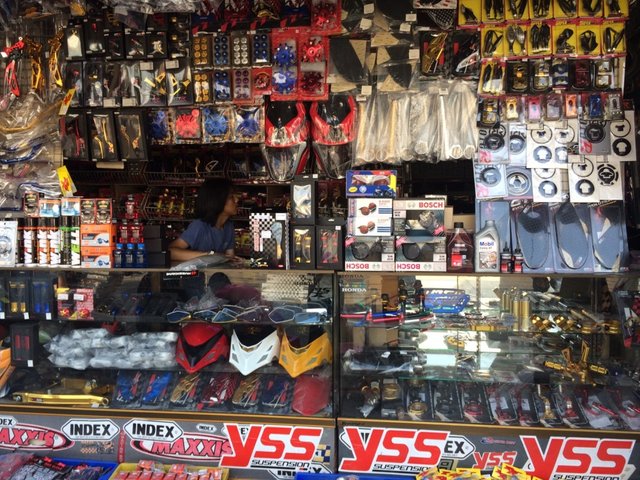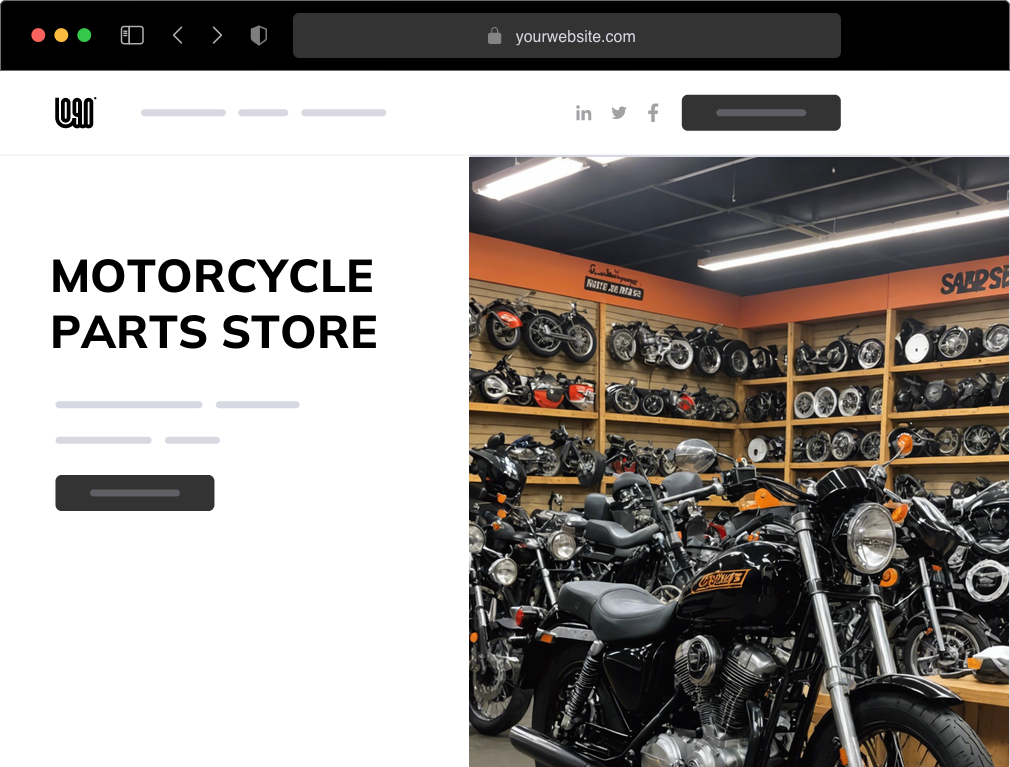Understanding Motorbike Gears: How to Optimize Your Riding Experience
In the world of motorcycling, mastering the art of gear adjustment is important for enhancing your riding performance. Appropriately utilizing and comprehending bike gears can considerably affect gas, acceleration, and control performance, transforming an average trip into a smooth, exhilarating journey.
Comprehending Gear Mechanics
At the core of motorbike characteristics, equipment mechanics play a crucial role in transforming engine power right into activity, eventually dictating speed and control. The equipment ratios, meticulously developed, determine the relationship in between engine revolutions and wheel turns, impacting acceleration and gas efficiency.
Recognizing equipment mechanics begins with acknowledging the relevance of the gearbox, which houses several gears of varying sizes. These equipments communicate via a procedure called meshing, where teeth of various gears engage to send power. The precision of this communication is critical; any type of imbalance or damages can cause inefficient power transfer, preventing performance. In addition, the arrangement and size of equipments influence the motorbike's capability to deal with various lots and speeds.
Moreover, the principle of gear changing is important to making best use of performance. Prompt and smooth shifts make certain that the engine runs within its ideal power band, protecting against unneeded pressure and boosting longevity (mx gear nz). By understanding these mechanical details, bikers can attain an unified blend of efficiency, power, and control, boosting their riding experience
Timing Your Shifts
Change timing proficiency is important for enhancing motorcycle performance and boosting the riding experience. Appropriately timed changes guarantee that the engine operates within its optimal power band, which is crucial for keeping control, attaining smooth acceleration, and making certain the durability of the motorcycle. Motorcyclists have to develop an user-friendly feeling of when to change gears, which involves understanding the partnership between engine revolutions per min (RPM) and rate.
To grasp shift timing, pay attention to the engine's sound and really feel, as these offer essential ideas about when to change equipments. The perfect change factor usually occurs when the engine comes close to the upper series of its power band without reaching the redline. Shifting as well early can cause an absence of power, while changing as well late may cause unneeded engine pressure
In addition, road conditions and riding style influence change timing. In metropolitan settings, smoother and much more frequent changes may be needed to navigate website traffic efficiently. In comparison, throughout freeway riding, fewer changes at higher speeds can be much more suitable. Practicing in different settings will boost your ability to time shifts precisely, inevitably raising your riding experience to a specialist degree.
Enhancing Gas Efficiency
While grasping bike equipments is essential for performance, improving gas performance is just as important for both ecological and economic factors. Optimum gas consumption not only reduces operational costs but also decreases the environmental impact of riding. To achieve this, one should recognize the detailed partnership in between equipment selection and engine efficiency.
Riding in a greater equipment at lower speeds can lead to engine lugging, which is destructive to both fuel economy and engine health. On the other hand, riding in lower gears at high rates results in unneeded motorcycle clothing store gas usage.
In addition, regular upkeep plays an essential duty in gas effectiveness. Making certain that the bike is well-tuned, with clean air filters and properly inflated tires, can boost aerodynamics and minimize fuel wastefulness. Moreover, adopting a riding style that embraces progressive velocity and smooth deceleration can add to much better fuel economy.

Methods for Smooth Transitions
Accomplishing smooth gear transitions is basic to enhancing the riding experience and ensuring the longevity of a motorbike's transmission system. Proper gear moving not only contributes to a smooth adventure but also reduces deterioration on the mechanical elements. To master the art of smooth transitions, bikers have to focus on a couple of vital strategies.

Second of all, clutch control plays a pivotal duty. Engaging and disengaging the clutch smoothly calls for technique. The clutch lever should be launched slowly, enabling a smooth transfer of power from the engine to the wheels without creating a jolt or abrupt activity.

Adapting to Roadway Conditions
Browsing diverse roadway problems is a vital ability for any kind of motorcyclist aiming to keep control and safety. Whether you're riding on damp surface areas, gravel roads, or browsing sharp turns, your capacity to adjust your gear use and riding method is extremely important. Understanding just how to readjust your gears suitably can considerably affect grip and stability, making certain a safer trip.
In comparison, when riding on crushed rock or irregular terrain, find this lower equipments are better. Reduced gears provide far better control and allow you to respond even more swiftly to unforeseen modifications in the roadway surface.
Sharp contours require accurate equipment administration to stabilize rate and control. Downshifting before getting in a curve can assist maintain momentum while making sure the motorbike remains stable throughout the turn. Consistent technique in different problems boosts your ability to react and predict to modifications in roadway structure and slope.
Final Thought
Grasping motorbike equipments dramatically boosts the riding experience by enhancing fuel, control, and acceleration effectiveness. Adapting gear selection to different road conditions, such as utilizing higher equipments on damp surface areas and lower gears on gravel, more improves handling and safety.
Comprehending gear technicians starts with acknowledging the importance of the gearbox, which houses multiple gears of differing dimensions. These equipments engage with a process recognized as meshing, where teeth of various equipments engage to send power (motocross gear). Mild changes to the throttle during equipment changes can protect against jerky motions and preserve a constant riding pace
Whether you're riding on wet surfaces, gravel roadways, or browsing sharp turns, your capacity to adapt your equipment usage and riding method is paramount. Adjusting gear option to numerous roadway conditions, such as utilizing greater equipments on wet surfaces and lower equipments on gravel, more enhances handling and security.